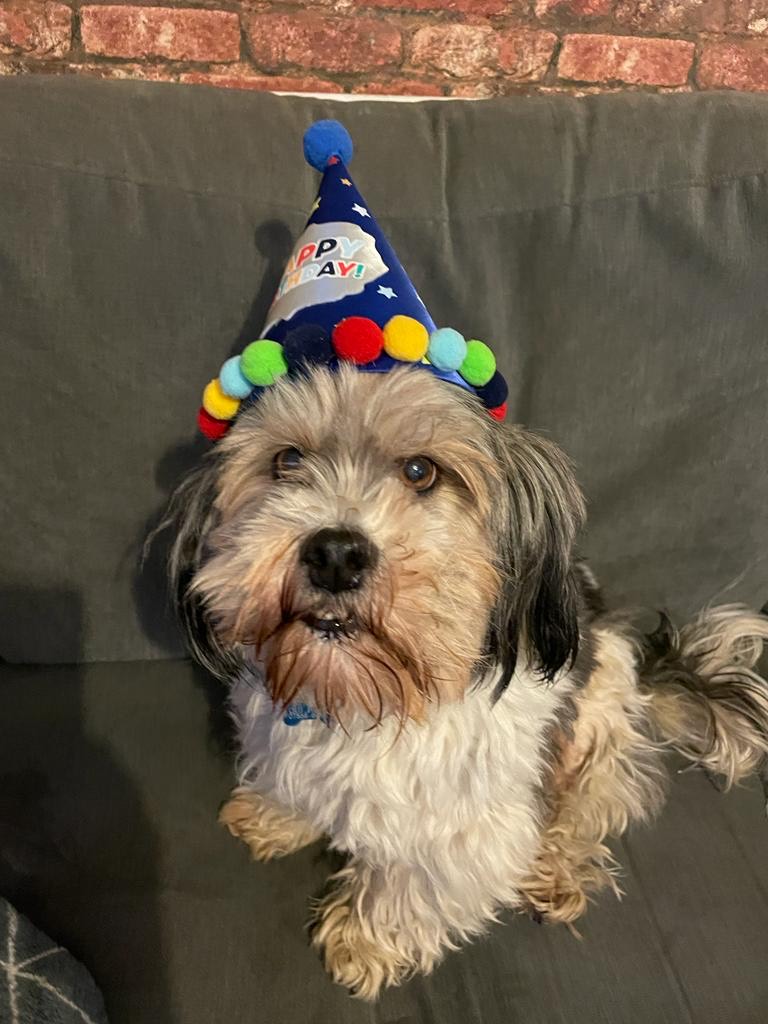Watson and Rayner - Little Albert - Session 3 procedure and findings
Procedure (generalisation) - 5 days later - generalisation. Neutral stimulus – Little Albert liked playing with blocks so they were used to calm him down. As he was playing with them he was presented with: a rabbit, a dog, a seal-fur coat, Cotton wool, Watson’s hair and a Santa Claus mask
Findings (generalisation) - Blocks = Happy Albert. Dog, rabbit, santa mask, Watson’s hair and fur coat = crying, moving away from stimulus and crawling away. Cotton Wool = less negatively
